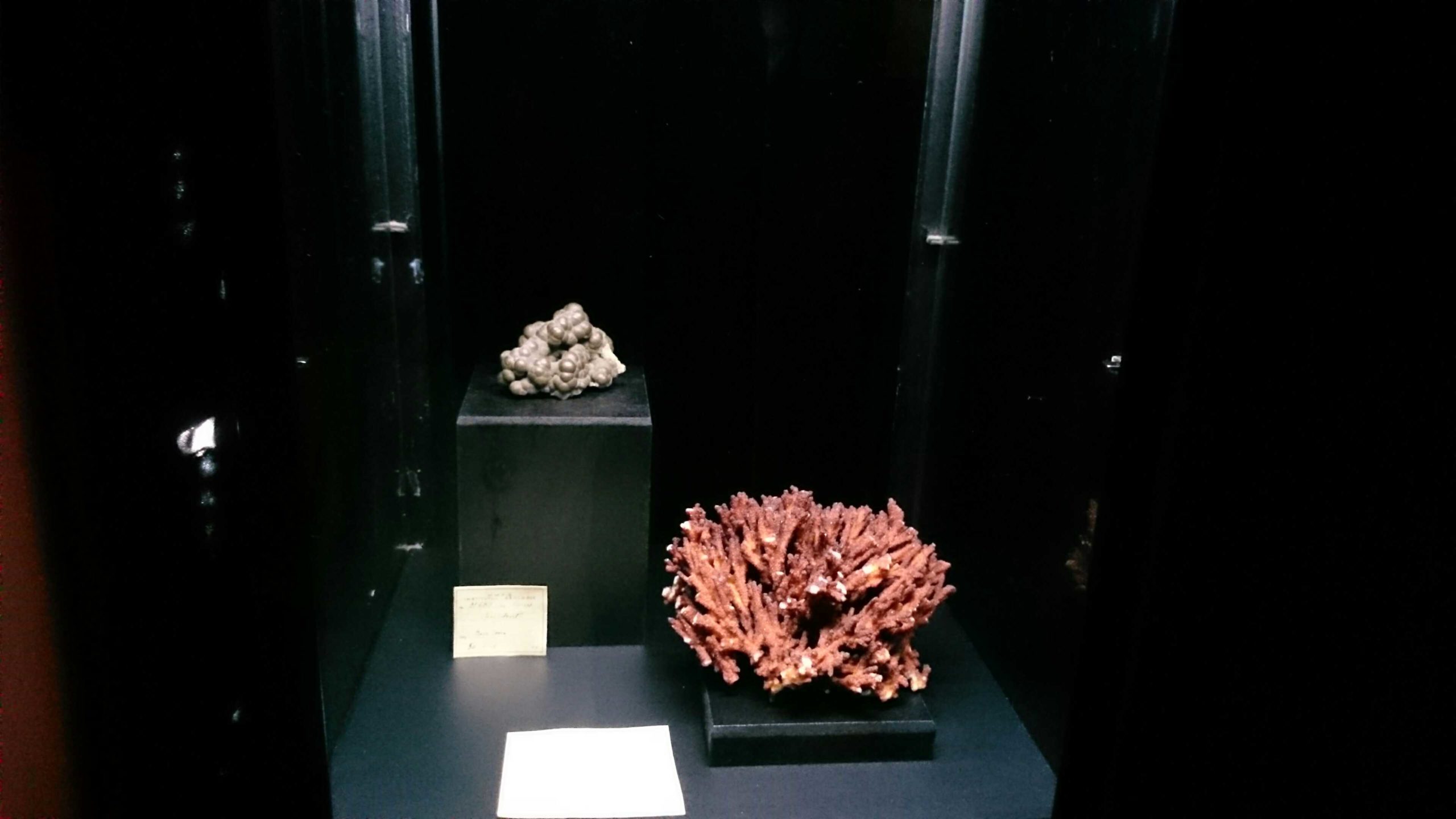Realization: Răzvan Caracaș (PI), Léna Martin (curator), and the IMPACT team (Mandy Bethkenhagen, Tim Bögels, Anaïs Kobsch, Zhi Li, Renata Schaan, Natalia Solomatova).
On March 19th, 2021 we will launch the itinerant international exhibition “Moon Impact – a geological story” at the Museum of Art, Brasov, Romania. The exhibition tells the story of the Giant impact and the Moon formation in the context of the geological evolution of the Earth and of the solar system.
Over almost 200 square meters of exhibition you will be able to learn about the formation of the solar system, about the Giant Impact that generated the protolunar synestia, and about the ever-growing complexity of the mineral realm. You will admire distant proto-planetary disks, you will see animations of giant impacts and you will peek into the atomic secrets of the formation of the first atmosphere of the Earth. The exhibition is realized in collaboration with the Faculty of Geology of the University of Bucharest who offered to graciously provide the largest part of the samples in the exhibition.
The time flows inside the exhibition, starting with the formation of the solar system and ending with present day. However time is not linear and different moments of the history of our planet that last considerably different amounts of time might have equal space inside the exhibition, thus reflecting their importance. For example the accretion lasts several tens of million of years but is hosted into one room, while the Giant Impact and the formation of the protolunar disk or of synestia that last hours are hosted in another room.
The science moments, in order, speak about:
1. Formation of the solar system, and other solar systems and planetary nebula
2. The Giant Impact, the formation of the Moon, and the early Earth.
3. The mineralogical and geological evolution of the Earth
4. Anthropocene
A model showcase with minerals:

You can watch a 3D model movie of the exhibit here:
Scientific committee:
* Dr. Mirel Barlan, Astronomer at the Observatory of Paris, France
* Dr. Elisabeth Cottrell, Curator-in-Charge of Rocks and Ores, Smithsonian Institute, Washington DC, USA
* Prof. Carmen Gaina, Director of the Center for Earth Evolution and Dynamics, (CEED), University of Oslo, Norway, member of the European Academy
* Dr. Mioara Mandea, Programme Manager for the Solid Earth Observation of the French Spatial Agency, CNES, France, member of the European Academy
* Prof. Sarah T. Stewart, Professor at the University of California Davis, USA
* Prof. Stephanie Werner, Professor at the University of Oslo, Norway, member of the Norwegian Academy
